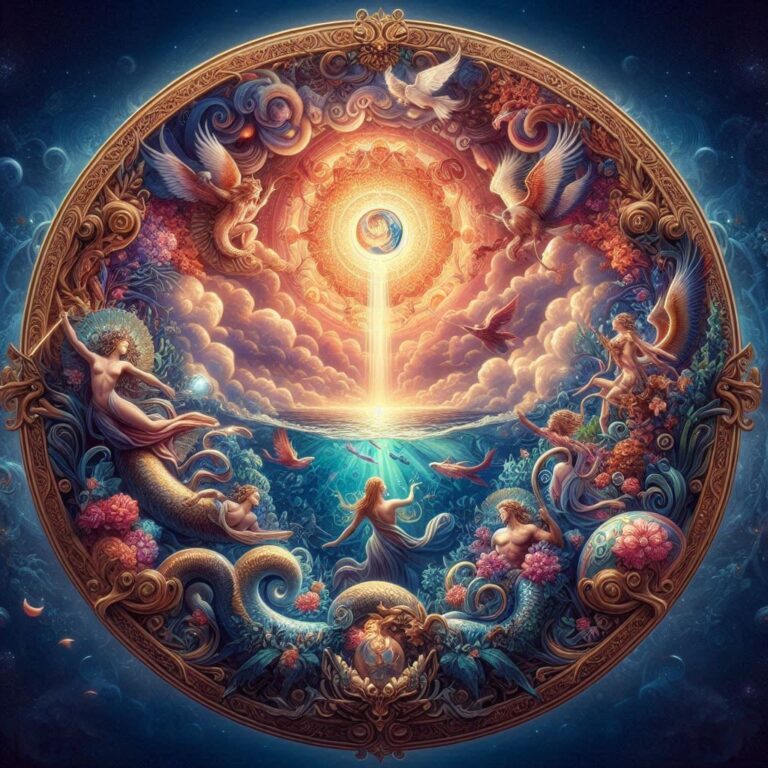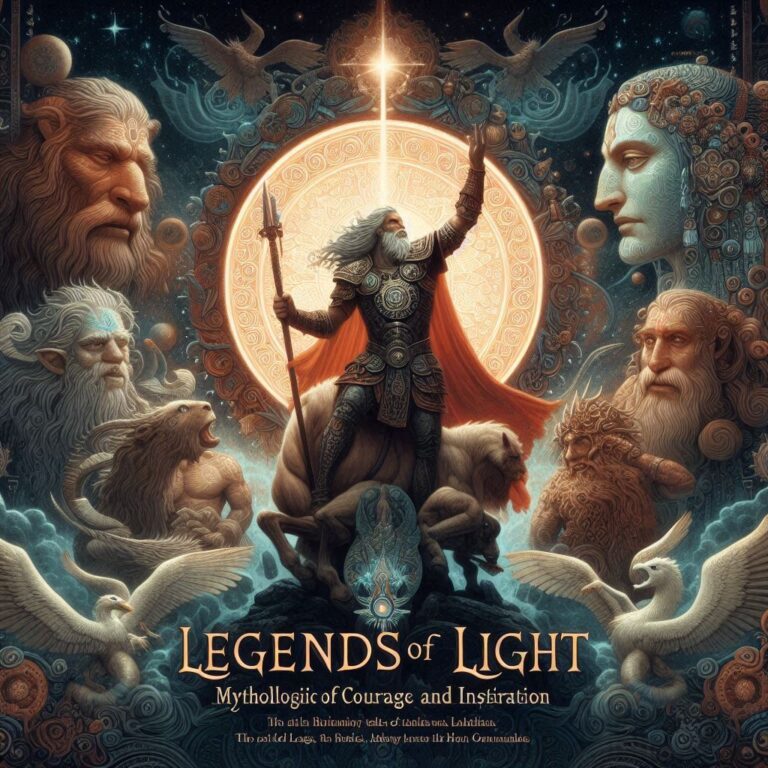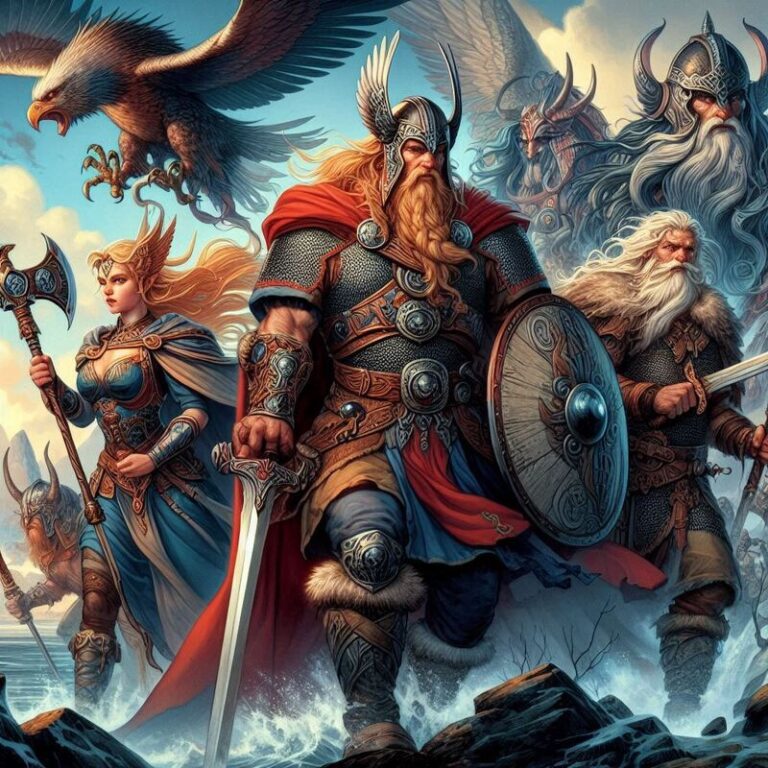Norse Mythology
Norse Mythology
Norse Mythology: An Epic Saga of Gods, Heroes, and Cosmic Battles
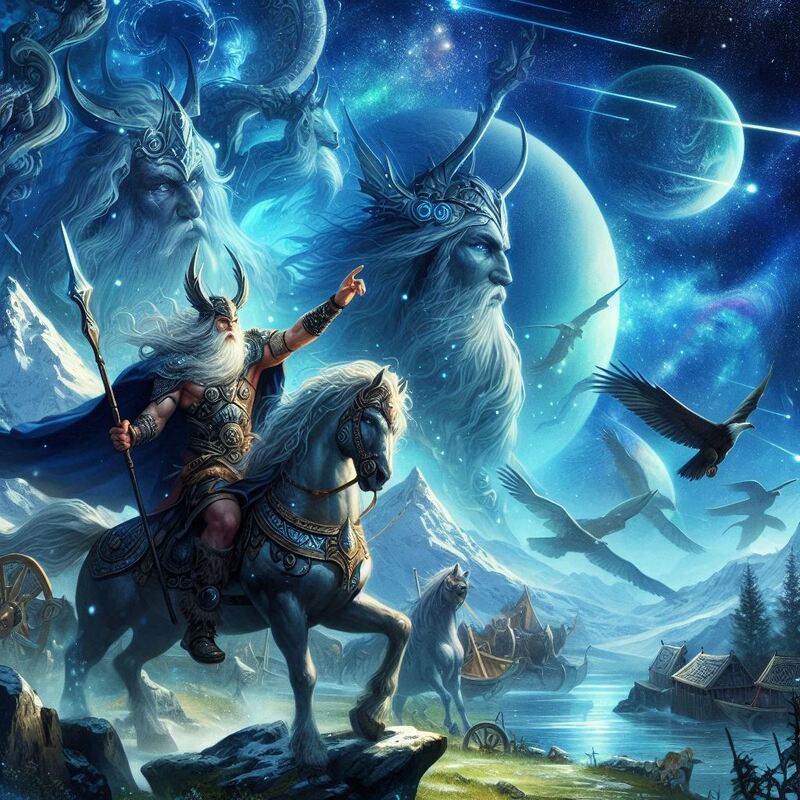
Norse mythology, the rich and complex belief system of the ancient Norse people, encompasses a pantheon of gods, a multitude of mythical creatures, and epic tales of heroism and tragedy. Rooted in the traditions of the Scandinavian and Germanic peoples, these myths were passed down orally through generations before being recorded in texts like the Poetic Edda and the Prose Edda. These stories provide insight into the worldview, values, and culture of the Norse people, offering timeless lessons and captivating narratives that continue to resonate today.
The Pantheon of Norse Gods
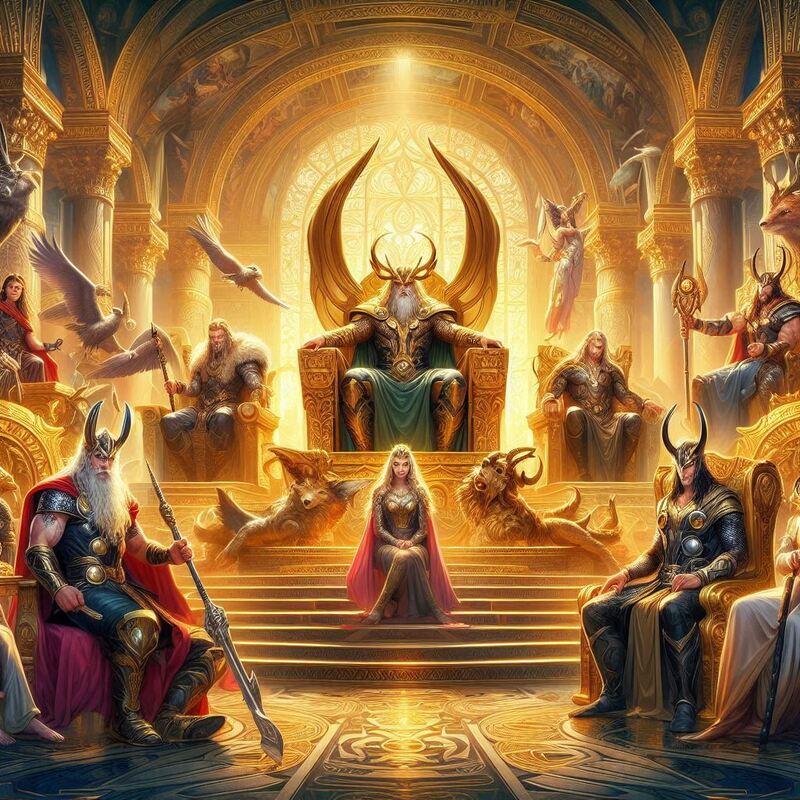
At the center of Norse mythology is the pantheon of gods who reside in Asgard. These deities, known as the Aesir, include powerful figures such as Odin, Thor, and Freyja. Alongside them are the Vanir, another group of gods associated with fertility, prosperity, and nature, who live in Vanaheim. The relationship between the Aesir and the Vanir is one of both conflict and cooperation, reflecting the complexities of the natural world and human society.
Odin, the Allfather, is the chief of the Aesir and a god of wisdom, war, and death. He is often depicted as a one-eyed, long-bearded figure, sacrificing his eye for wisdom at Mimir’s well and hanging himself on the World Tree, Yggdrasil, to gain knowledge of the runes. Odin’s relentless pursuit of wisdom and his role as a ruler highlight the Norse reverence for knowledge and leadership.
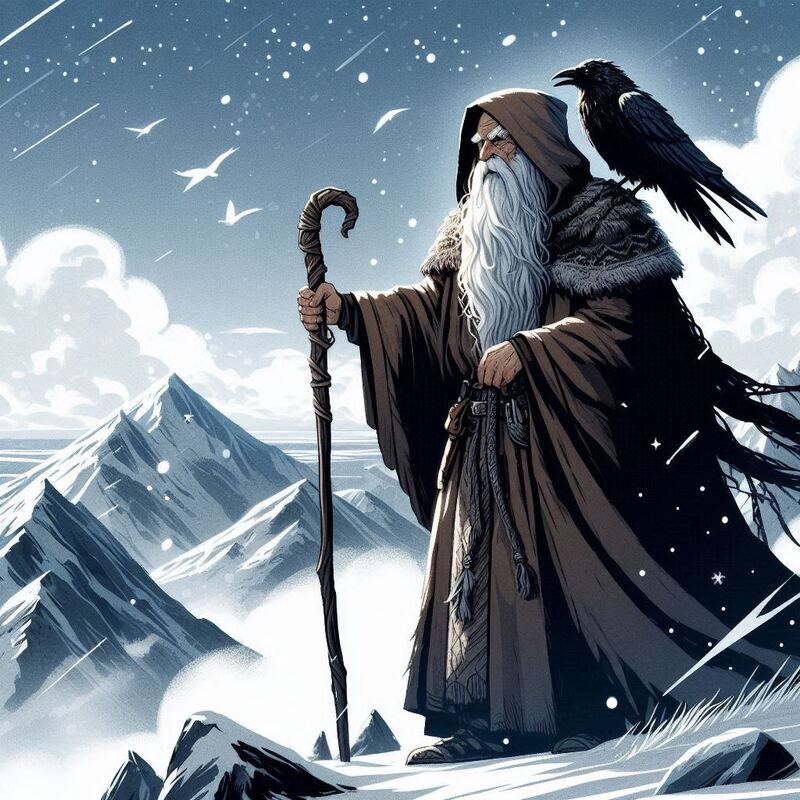
Thor, the thunder god and son of Odin, is renowned for his strength and bravery. Wielding the magical hammer Mjölnir, Thor is the protector of both gods and humans, often battling giants and other creatures that threaten the order of the cosmos. His adventures, such as his relentless struggle against the World Serpent, Jörmungandr, symbolize the eternal fight between order and chaos.
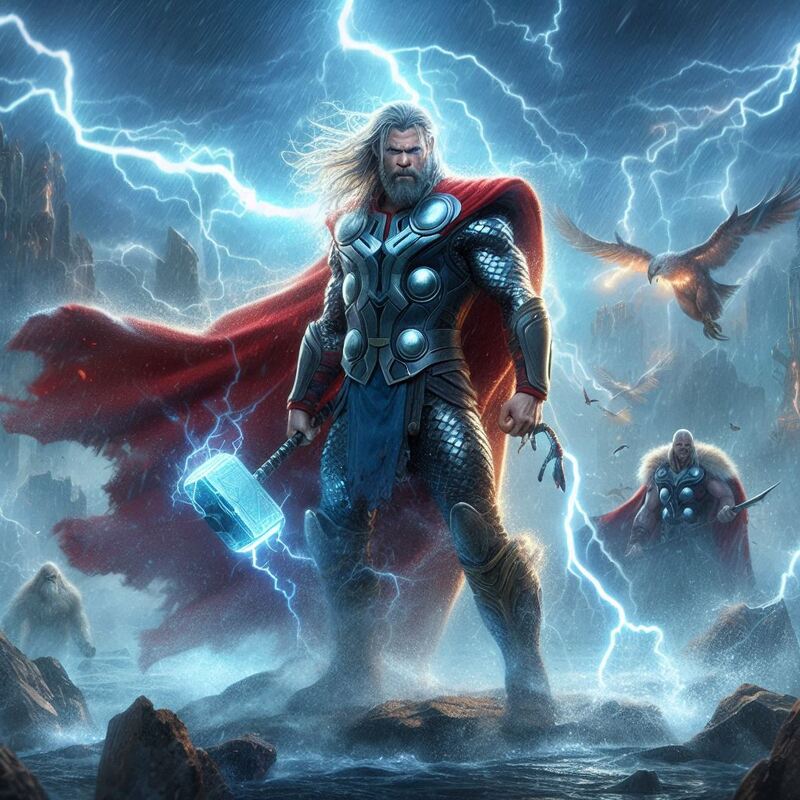
Freyja, the goddess of love, beauty, and fertility, is also a formidable warrior and practitioner of seidr, a form of magic. Her dual nature as a nurturing figure and a fierce combatant underscores the multifaceted roles of women in Norse mythology. Freyja’s beauty, power, and her role as a leader of the Valkyries, warrior maidens who select the slain for Valhalla, highlight her significant influence in the Norse pantheon.
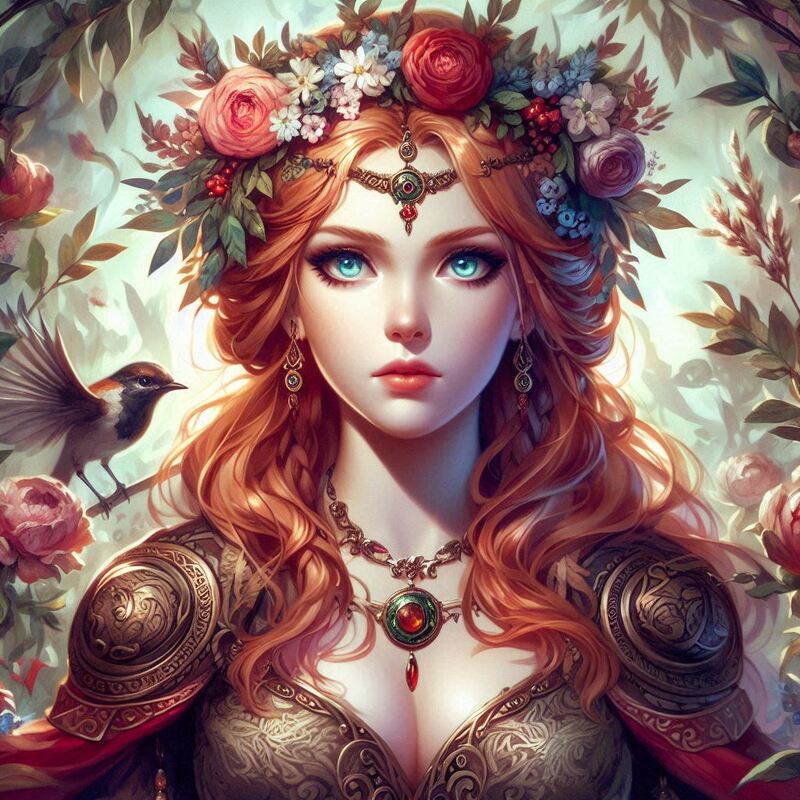
The Cosmic Structure
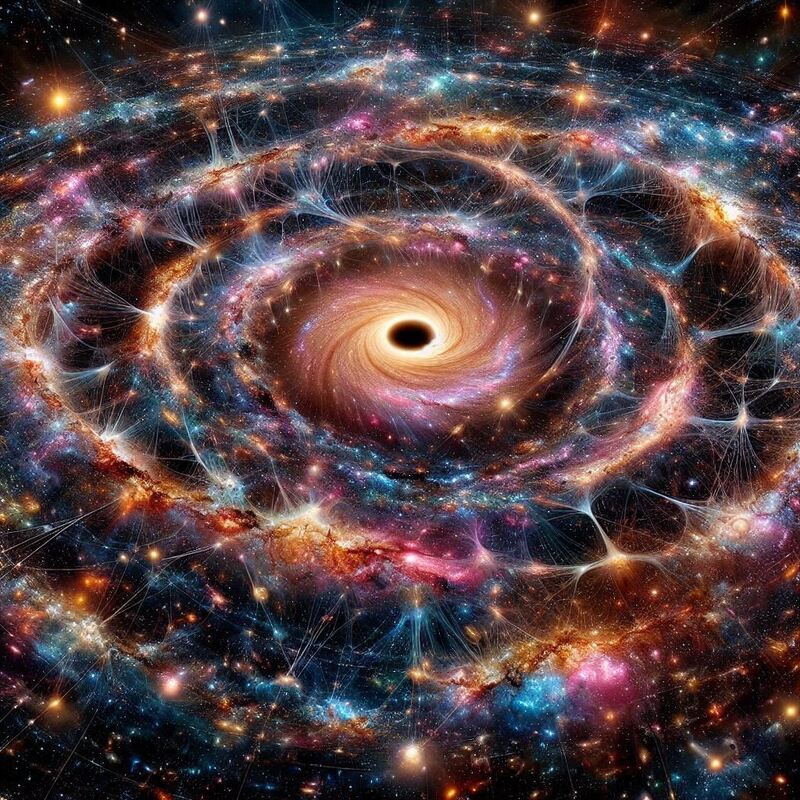
Norse mythology envisions the cosmos as a vast and complex structure, centered around the World Tree, Yggdrasil. This immense ash tree connects the Nine Worlds, each inhabited by different beings and governed by distinct rules. Asgard is the realm of the gods, Midgard is the world of humans, and Jotunheim is the land of the giants, among others. This intricate cosmology reflects the Norse understanding of a universe filled with diverse forces and entities.
Yggdrasil itself is a symbol of interconnectedness and the cycle of life, death, and rebirth. It is inhabited by various creatures, including the dragon Nidhogg, which gnaws at its roots, and the eagle perched at its top, signifying the constant struggle between creation and destruction. The well of Urd, tended by the Norns—fate weavers who determine the destinies of all beings—lies at the base of Yggdrasil, further emphasizing the theme of fate in Norse mythology.

Epic Tales and Legendary Heroes
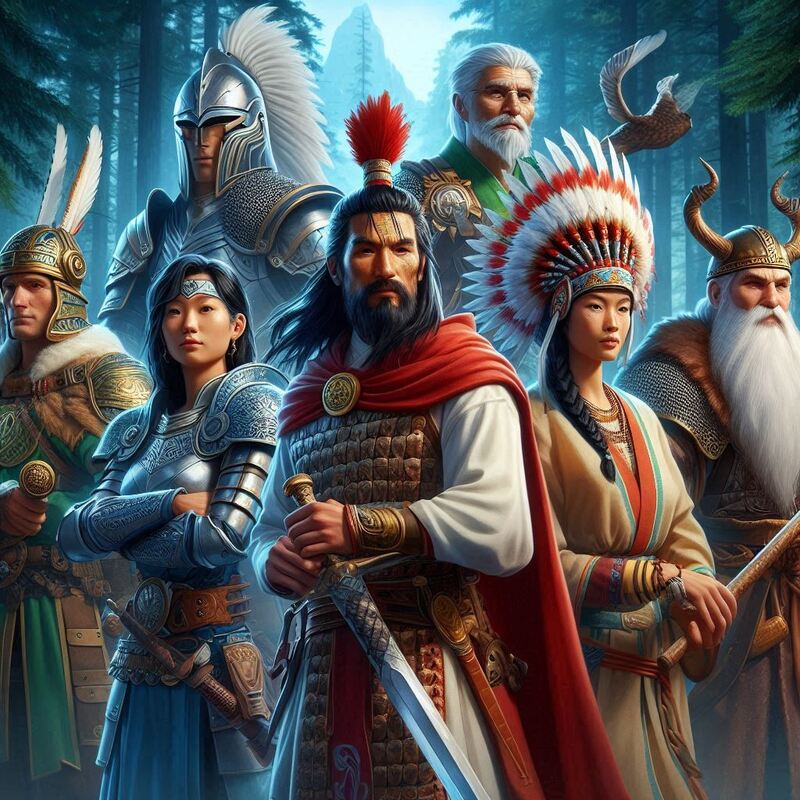
Norse mythology is replete with epic tales of gods, giants, and heroes whose deeds shape the fate of the cosmos. These stories, filled with adventure, betrayal, and valor, provide a window into the values and beliefs of the Norse people.
The Volsunga Saga, for instance, recounts the saga of Sigurd the dragon slayer, whose quest to defeat the dragon Fafnir and claim his treasure is a classic tale of bravery and cunning. Guided by Odin and armed with the sword Gram, Sigurd’s journey is fraught with peril and treachery, highlighting themes of heroism and the corrupting power of greed.
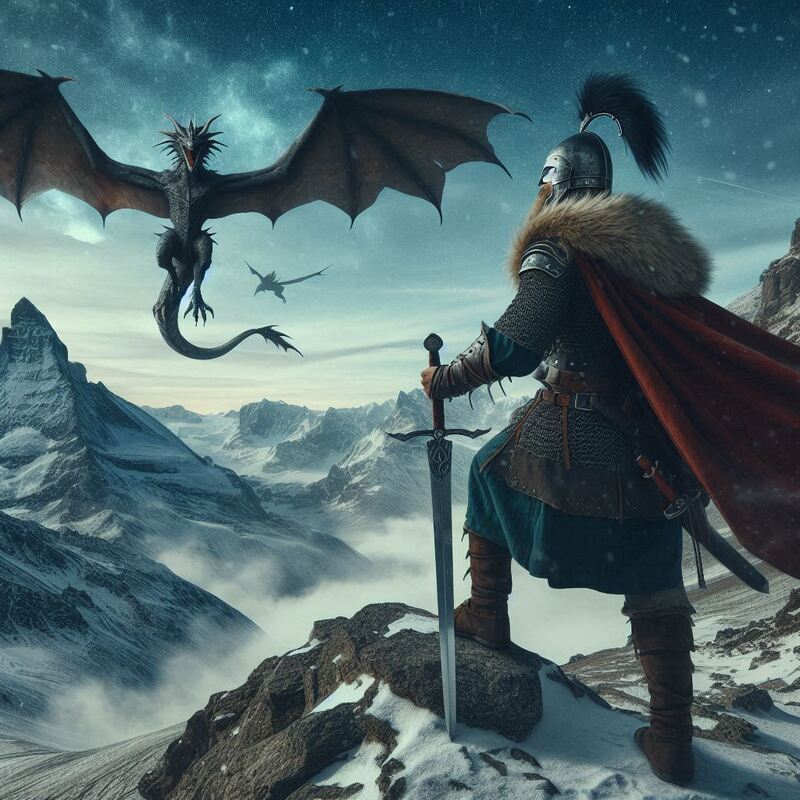
The tale of Ragnarok, the end of the world, is a central narrative in Norse mythology. This apocalyptic event foretells a great battle in which many gods, including Odin and Thor, will meet their doom. The world will be consumed by fire and water, only to be reborn anew. Ragnarok encapsulates the cyclical nature of existence and the inevitability of renewal after destruction.
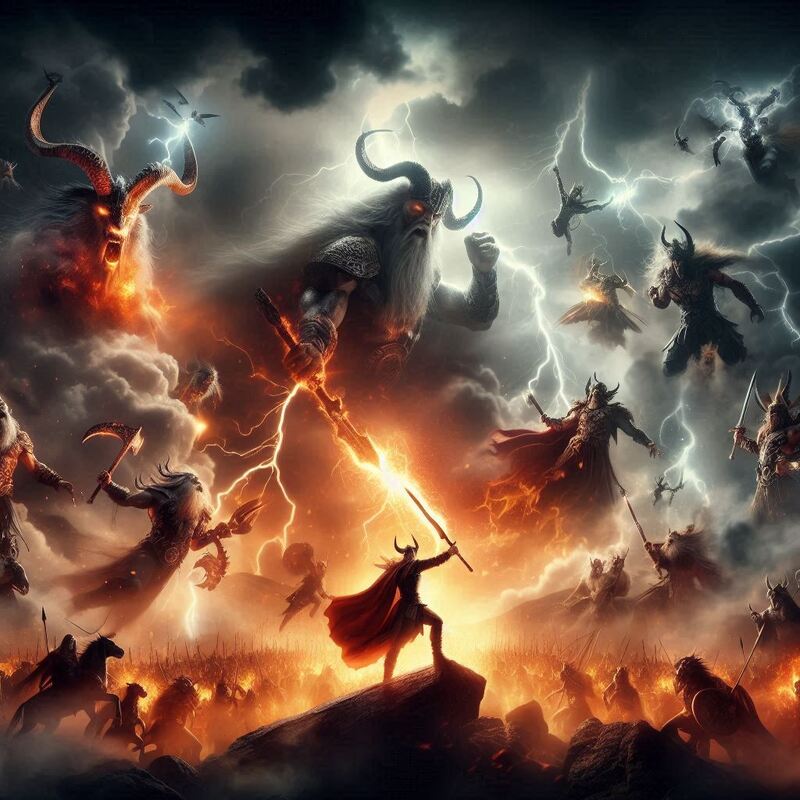
Mythical Creatures and Beings
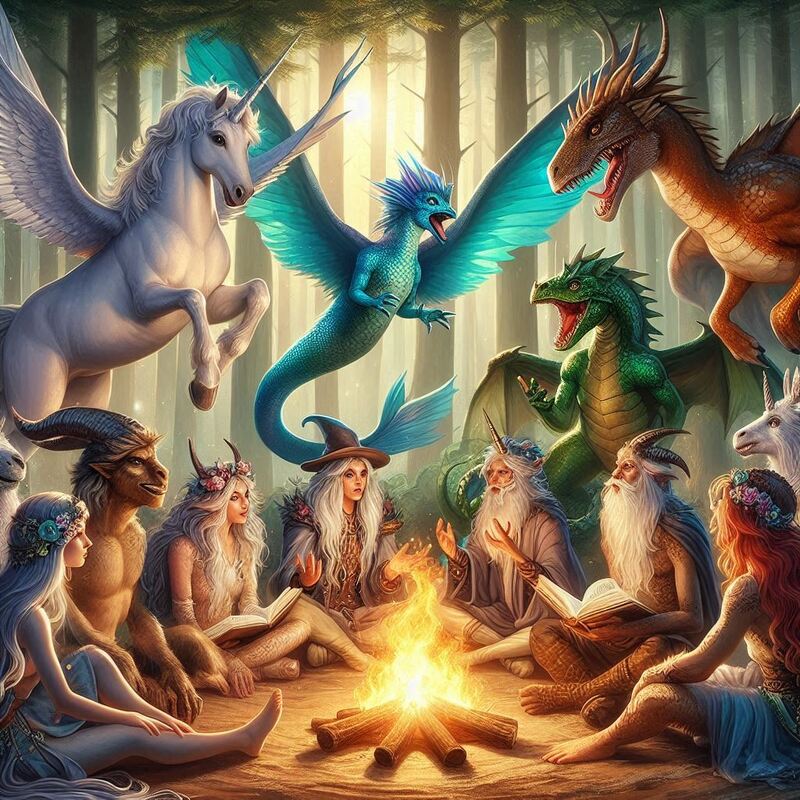
Norse mythology features a wide array of mythical creatures and beings, each contributing to the rich tapestry of its narratives. Giants, dwarves, elves, and dragons populate the myths, often serving as antagonists or helpers to the gods and heroes.
Loki, the trickster god, is one of the most complex and intriguing figures in Norse mythology. A shape-shifter and master of deceit, Loki’s actions often bring chaos and conflict, yet he is also responsible for bringing valuable gifts to the gods, such as Thor’s hammer. Loki’s dual nature as both a friend and foe to the gods reflects the unpredictable and multifaceted aspects of life.

The Valkyries, warrior maidens who serve Odin, are another fascinating aspect of Norse mythology. They select fallen warriors from the battlefield to bring to Valhalla, where they prepare for Ragnarok. The Valkyries embody the Norse ideal of warrior honor and the belief in an afterlife filled with perpetual battle and glory.

Influence and Legacy
The legacy of Norse mythology extends far beyond the ancient Norse world. Its themes, characters, and stories have influenced literature, art, and popular culture across the globe. From Richard Wagner’s operas to J.R.R. Tolkien’s Middle-earth, the echoes of Norse myth resonate in many modern works.
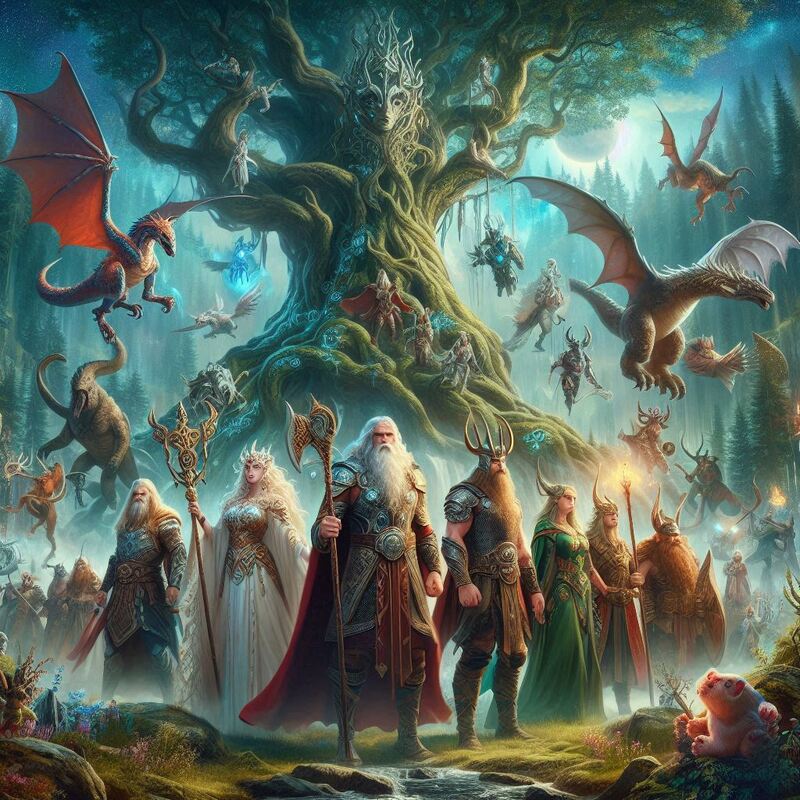
In contemporary culture, Norse mythology has experienced a resurgence in popularity, thanks in part to media such as the Marvel Cinematic Universe, which features characters like Thor and Loki. This renewed interest underscores the timeless appeal of these ancient stories and their ability to capture the imagination of new generations.
Conclusion
Norse mythology, with its rich pantheon of gods, epic tales of heroism, and intricate cosmology, offers a profound and captivating glimpse into the worldview of the ancient Norse people. Its stories of bravery, sacrifice, and the eternal struggle between order and chaos continue to resonate, providing timeless lessons and inspiration. As we explore these myths, we uncover not only the beliefs and values of the Norse people but also the universal themes that connect us all through the ages.
